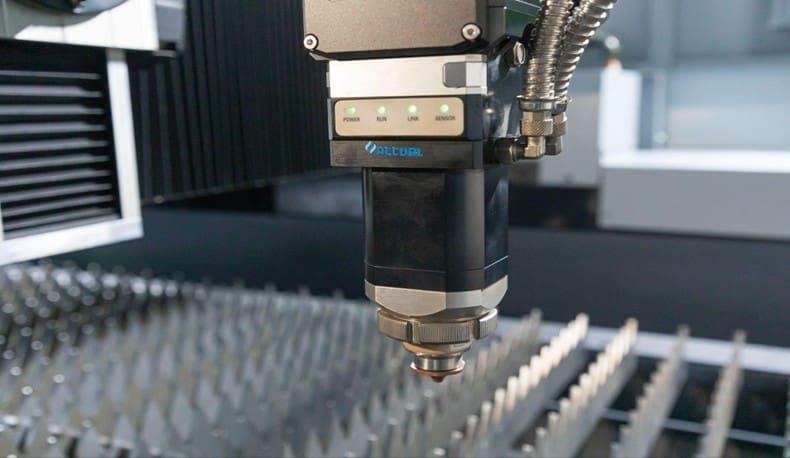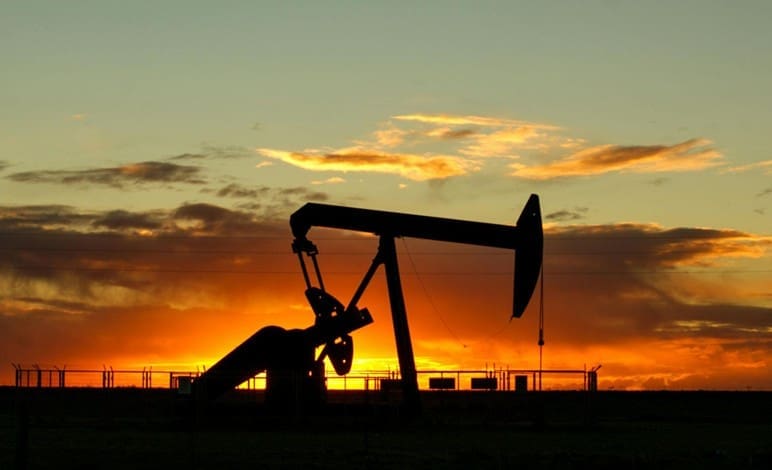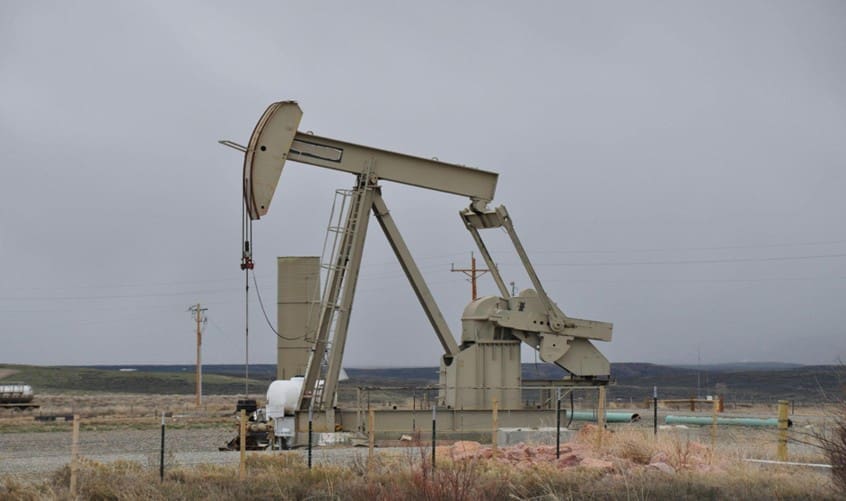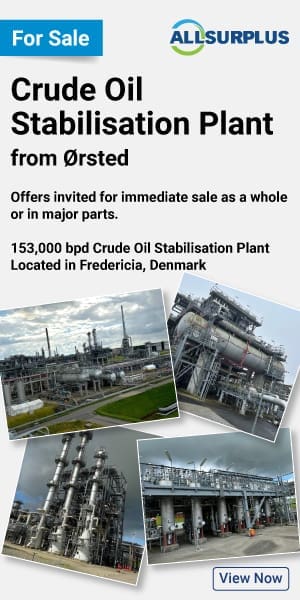Laser technology is no longer confined to clean labs or electronics factories—it now plays a central role in some of the world’s harshest and most demanding industrial environments. In the oil and gas industry, lasers are redefining how components are fabricated, how sites are surveyed, and how maintenance is performed in extreme conditions. From the very first seismic scans to the final stages of equipment servicing, laser systems are proving to be a precise, efficient, and surprisingly rugged tool.
Laser technology in the context of oilfield equipment refers to the application of highly focused beams of light used for cutting, welding, sensing, measuring, and surface treatment. These systems offer non-contact interaction with materials, providing unmatched precision and flexibility in a range of upstream, midstream, and downstream applications.
What Makes Laser Technology So Valuable in the Oilfield?
In oilfield environments, every piece of equipment must meet strict demands for precision, durability, and safety. Drilling miles beneath the Earth’s surface or working around volatile substances leaves no room for error. That’s where lasers shine—both literally and operationally.
Here’s why lasers are increasingly favored across oilfield operations:
- Non-contact precision cutting
- High-temperature tolerance
- Minimal downtime
- Remote operability
- Enhanced material integrity
How Is Laser Technology Used During Oil Exploration?

Laser tools are now part of the toolbox, long before the first well is drilled.
Can Lasers Assist with Geological Mapping?
Yes—and they’re doing it from both the ground and the sky. Technologies like LiDAR (Light Detection and Ranging) and laser-induced breakdown spectroscopy (LIBS) help exploration teams map geological formations with clarity and speed that traditional tools can’t match.
These laser-based methods support:
- Remote sensing of terrain and topography
- Subsurface visualization without drilling
- Improved accuracy over traditional seismic reflection
By rapidly collecting data and building high-resolution maps, laser systems reduce the guesswork in identifying potential reserves.
Are Lasers Used in Seismic Equipment Fabrication?
Absolutely. Modern seismic equipment relies on precise tolerances to capture accurate subsurface data. Laser cutting and laser welding are used to produce critical components such as geophone housings and structural supports. The precision of laser manufacturing ensures durability in field use, particularly where vibration and weather exposure are constant threats.
How Does Laser Technology Improve Drilling Equipment?
Whether you’re fabricating tools or protecting them from wear, laser systems are playing a critical role deep underground.
What Oilfield Tools Are Made with Laser Precision?
The following tools are commonly manufactured or enhanced using laser technology:
- Drill bits
- Stabilizers
- Mud motor components
- Sensors and electronics housings
Laser precision ensures these components meet exacting specs, reducing tool failure in the field.
What Role Does Laser Cladding Play in Wear Resistance?
Laser cladding is a surface enhancement technique that involves melting a thin layer of powder or wire alloy onto a component’s surface using a high-energy laser beam. This creates a metallurgically bonded overlay that resists wear, corrosion, and impact damage.
Common cladding materials include:
- Stellite – known for wear resistance
- Inconel – ideal for high-temperature and corrosive environments
This process extends the usable life of tools exposed to abrasive downhole conditions.
How Is Laser Cutting Applied to Oilfield Component Manufacturing?
Laser cutting is one of the most visible applications of laser technology in oilfield manufacturing. The process is used to create precision parts for rigs, pipelines, and refining systems.
Common materials cut include:
- Carbon Steel
- Stainless Steel
- Titanium
- Inconel
- Aluminum
Laser cutters deliver clean edges and tight tolerances, which reduces post-processing and ensures parts fit perfectly the first time.
What Laser Types Are Best for Oilfield Applications?
Different laser types serve different roles depending on material and operational environment. Here’s how they compare:
Fiber Laser Cutters
Working Principle: Uses optical fiber to amplify light.
Pros: High energy efficiency, excellent beam quality, good for metals
Cons: Costly initial investment
CO₂ Laser Cutters
Working Principle: Gas discharge generates infrared beam.
Pros: Great for non-metallic materials and thick organic sheets
Cons: Not ideal for reflective metals; more maintenance
Diode Lasers
Working Principle: Semiconductor-based beam generation
Pros: Compact, energy-efficient
Cons: Limited power output
Solid-State Lasers
Working Principle: Crystal medium pumped with light
Pros: Good for cutting thick or hard metals
Cons: Higher heat generation
What Are the Main Parts of a Laser Cutter for Oilfield Equipment?
Each industrial laser cutting system includes:
- Laser source
- Optics and beam delivery system
- CNC controller
- Workbed
- Assist gas system (e.g., nitrogen or oxygen)
- Cooling system
These components work together to ensure continuous and clean cuts in tough materials under high loads.
How Precise Is Laser Cutting for Oilfield Standards?
Precision is everything in the oilfield. Components must meet tight tolerances to prevent leaks, withstand pressure, and ensure long-term reliability.
What Are Typical Cutting Tolerances?
Laser cutters used in oilfield equipment manufacturing deliver excellent tolerances across varying material thicknesses:
- Thin metals (<1 mm): ±0.1 mm to ±0.2 mm
- Medium thickness (1–5 mm): ±0.2 mm to ±0.5 mm
- Thick metals (>5 mm): ±0.5 mm to ±1.0 mm
Such tolerances reduce part failures and help meet ISO or API standards for drilling and production systems.
What Is the Maximum Thickness Lasers Can Cut?
Laser capabilities vary by machine and material:
- Carbon steel: Up to 25 mm (≈1 inch)
- Stainless steel: Up to 20 mm (≈0.8 inch)
- Aluminum: Up to 16 mm (≈0.6 inch)
High-power fiber lasers (10kW+) can go beyond these limits but may require post-processing to maintain edge quality.
How Do Lasers Support Maintenance and Repairs in Oilfields?
Laser systems don’t just build equipment—they help maintain it.
Can Lasers Be Used to Repair Components On-Site?
Yes. In-situ laser welding enables technicians to restore worn components directly in the field. This approach is faster than removing and replacing parts and maintains the structural integrity of equipment like valve seats, pump shafts, and gear housings.
Laser surface restoration often involves mobile units that can be deployed on rigs or at remote pipeline stations.
How Does Laser Cleaning Work?
Laser ablation uses focused light pulses to remove contaminants—like rust, oil, or old paint—without damaging the base metal. Unlike chemical or abrasive methods, laser cleaning is:
- Dry and residue-free
- Highly selective
- Safe for sensitive or precision components
It’s especially useful for cleaning corrosion-prone components before re-coating or inspection.
What Are the Safety Benefits of Using Lasers in Oilfields?
Laser technology offers several advantages over traditional cutting and welding methods when it comes to workplace safety:
- No tool wear = fewer mechanical failures
- Reduced worker exposure to hazardous zones
- Remote laser operations lower injury risks
- Lower fire/explosion risk compared to grinding or torching
These benefits align well with OSHA and internal HSE (Health, Safety, and Environment) requirements in oil and gas operations.
What Are the Key Design Considerations When Using Lasers in Oilfield Applications?
When integrating laser systems into oilfield manufacturing, the following factors must be considered:
- Material thickness
- Hole and slot tolerances
- Heat-affected zone (HAZ) control
- Beam focus and alignment
- Equipment vibration resistance
Neglecting these can result in poor fitment, cracks, or equipment failure in high-stress environments.
What Are the Best Laser Machines for Oilfield Manufacturing?
The ideal machine setup depends on the intended application, but top features usually include:
- High wattage (4kW–12kW)
- Integrated CNC controller
- Thick metal cutting support
- Real-time monitoring systems
- Multi-axis flexibility for pipe/profile cutting
Vendors like ACCURL, TRUMPF, Bystronic, and IPG Photonics offer machines tailored to these requirements.
What Industries in Oil & Gas Benefit Most from Laser Technology?

Laser systems touch nearly every link in the oil and gas value chain:
- Upstream: Exploration tools, sensor housings
- Midstream: Pipeline cutting, welding, marking—what is midstream oil and gas, and how do these processes support it?
- Downstream: Refinery component manufacturing
- Maintenance: Decontamination and resurfacing
As equipment evolves toward lighter, stronger materials, lasers provide the adaptability manufacturers need.
What Are the Limitations and Challenges of Laser Use in Oilfield Settings?
Despite their advantages, lasers come with challenges:
- Initial capital costs
- Sensitivity to dust, humidity, and vibration
- Operator training needs
- Maintenance of optics and cooling systems
Oilfield operators must weigh these against lifecycle cost savings and productivity improvements.
What Are the Alternative Technologies to Laser Systems in Oilfield Applications?
Laser systems aren’t the only game in town. Competing technologies include:
- Plasma cutting: Faster but lower precision
- Waterjet cutting: Cold cutting with no HAZ, but slower and messier
- EDM: Excellent for conductive materials, not suitable for fast production
- Mechanical CNC milling: Flexible but limited in thin profile cutting
- Arc welding for cladding: Lower cost, but less precise than laser deposition
Each has its place, but none match the all-around performance of lasers for versatility and precision.
Conclusion
From satellite-guided exploration to in-field repairs, laser technology is helping the oil and gas industry become faster, safer, and more efficient. As automation expands and the push for sustainability continues, lasers are expected to play an even greater role—enabling remote fabrication, digital inspection, and low-waste manufacturing.
In an industry where downtime costs millions, laser precision could be the most valuable beam of light in the oilfield toolkit.





